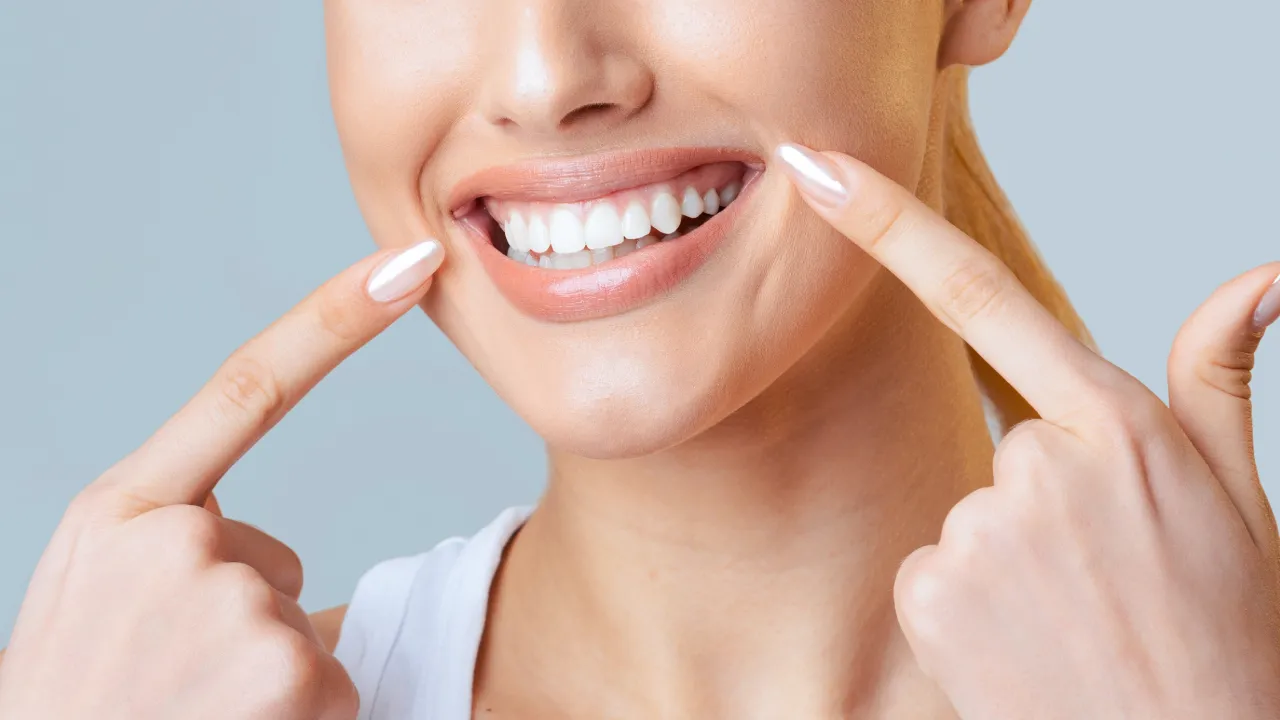Tooth extraction might sound a bit intimidating, but it’s a common dental procedure that many of us will experience at some point. Whether it’s due to severe decay or to make room for braces, understanding the process can make it a lot less scary. In this article, we’ll explore everything you need to know about tooth extraction, from why it’s sometimes necessary to how it fits into your journey toward a straighter smile with braces. Let’s dive in!
What is tooth extraction?
Tooth extraction is the process of gently removing a tooth from its socket in the jawbone. This procedure is typically performed by a dentist or an oral surgeon, and it may be necessary for various reasons.
Types of tooth extraction
- Simple extraction: This is for teeth that are visible and can be easily reached. Your dentist will loosen the tooth with an instrument called an elevator before removing it with forceps. This type of extraction is generally quick and straightforward.
- Surgical extraction: This is a bit more involved and is done for teeth that are impacted (not fully erupted) or hidden beneath the gum line. In this case, your dentist or oral surgeon may need to make a small incision in the gum tissue to access the tooth, and they might even need to remove a bit of bone around it.
Reasons for tooth extraction
Several factors can lead to tooth extraction. Some of the most common reasons include:
- Severe decay: When a tooth is too damaged to be saved by fillings or root canals, extraction may be the only option to prevent infection from spreading.
- Gum disease: If gum issues threaten the stability of a tooth, extracting it can help maintain overall oral health and prevent further complications.
- Overcrowding: This is especially important when it comes to orthodontic treatments like braces, as creating space can help ensure a straighter, healthier smile. Removing certain teeth can help your other teeth align better, making it easier for braces to do their job effectively.
Understanding the Tooth Extraction Procedure
The tooth extraction procedure is generally straightforward, but knowing what to expect can help ease any nerves.
Pre-extraction prep
Before any extraction, your dentist will likely take X-rays to assess the tooth and surrounding area. This helps them determine the best approach for your specific situation and ensures they have a clear picture of what needs to be done. It’s a great opportunity to ask any questions or express any concerns you might have.
The extraction day
On the day of the extraction, the area around the tooth will be numbed using local anesthesia, so you won’t feel any pain during the procedure. If the extraction is more complex or if you’re feeling particularly anxious, sedation may be recommended to help you relax. Remember, it’s completely normal to feel a bit nervous—talking to your dentist can help ease your mind.
The process
- Simple extraction: For a straightforward extraction, your dentist will carefully loosen the tooth using a special instrument called an elevator. Once it’s loose enough, they will gently pull it out with forceps. This method is quick and usually requires minimal recovery time.
- Surgical extraction: If the tooth is impacted or not fully erupted, a surgical extraction may be necessary. In this case, the dentist will make a small incision in the gum tissue to access the tooth and may need to remove a bit of bone surrounding it. While this procedure is more involved, your dentist will ensure you’re comfortable throughout.
Recovery after tooth extraction
Taking care of yourself after tooth extraction is crucial for a smooth recovery. Here’s what you need to know:
- Immediate care: Right after the procedure, you’ll need to bite on a gauze pad to help stop the bleeding. It’s important to replace the gauze as needed to ensure proper clotting and keep the area clean.
- Minimizing discomfort: Applying ice packs to the outside of your cheek can help reduce swelling. Avoid hard or crunchy foods for a few days, as these can irritate the extraction site. Instead, stick to soft foods like soup, yogurt, and smoothies during the initial recovery period.
- Oral hygiene tips: While it’s essential to maintain good oral hygiene, be gentle! Avoid brushing near the extraction site for the first couple of days. Instead, rinse your mouth gently with warm salt water to keep the area clean without disturbing the healing process.
- Recovery timeline: Most extractions heal within a week, but wisdom tooth extractions might take a bit longer. Keep an eye out for any signs of infection or complications, such as increased pain or fever. If something feels off, don’t hesitate to reach out to your dentist.
Following these care tips can help ensure a smooth recovery, so you can get back to enjoying your favorite foods in no time!
Tooth extraction for braces
When it comes to achieving that dream smile with braces, tooth extraction can sometimes be an important part of the process. Here’s why:
Why tooth extraction might be necessary
For many people, overcrowding can affect the alignment of their teeth. This happens when there isn’t enough space in the mouth for all the teeth to fit comfortably. If this is the case, your orthodontist may suggest tooth extraction to create the space needed for proper alignment. This is especially common for those with a significant overjet or when teeth are pushed forward because they’re too crowded.
How extractions help improve alignment
By removing one or more teeth, the remaining ones can shift into their proper spots, leading to a more balanced bite and a straighter smile overall. This step is essential in your orthodontic journey, as it allows braces or clear aligners to do their job effectively. Without addressing overcrowding, you might still find your teeth misaligned, even after all that hard work!
The Zenyum Invisible Braces process
At Zenyum, your journey begins with a Free Smile Check, where we assess your dental health and figure out the best treatment plan just for you. If tooth extraction is necessary, it will be woven into your overall strategy to achieve the best results. Once your extractions are done, we’ll move on to exciting next steps, like 3D scans and aligner fittings, ensuring your Zenyum Invisible Braces treatment is tailored to your smile.
Consulting with your orthodontist and dentist
It’s essential to chat with both your orthodontist and dentist to see if tooth extraction is right for your situation. They’ll take a good look at your mouth and create a comprehensive plan that considers your dental health, teeth alignment, and personal goals. This team effort ensures you receive the best care as you move toward that stunning smile you’ve always wanted
Tooth extraction: a helpful step towards your ideal smile
Tooth extraction is a common procedure that plays an important role in orthodontic treatments like braces. While it may seem a bit daunting, it helps create the space needed for your teeth to align smoothly, bringing you one step closer to that gorgeous smile!
If you’re considering Zenyum Invisible Braces and wondering whether tooth extraction might be part of your journey, don’t worry! Our friendly team is here to guide you every step of the way. Start with a Free Smile Check to assess your dental health and explore the best options for your smile transformation. Together, we’ll ensure that your journey to a beautiful smile is smooth and comfortable. Let’s get you on the path to the smile you’ve always wanted!
Curious about how tooth extraction can pave the way for your dream smile?
Let Zenyum ease your worries and guide you every step of the way!
FAQs
Is tooth extraction mandatory for Zenyum Invisible Braces?
Not everyone will need to have a tooth extracted when getting Zenyum Invisible Braces. It really depends on your individual dental situation. Our friendly orthodontists will take a good look at your teeth and let you know what’s best for your smile journey.
How will I know if I need tooth extraction for my Zenyum Invisible Braces?
Great question! During your FREE Smile Check, our team will evaluate your dental health and chat with you about any concerns. If we think tooth extraction might be necessary, we’ll explain why and walk you through the next steps to keep you informed and comfortable.
How long does wisdom tooth extraction take to heal?
Healing time can vary, but most people start feeling better within a few days. Full recovery usually happens in about a week or two, depending on how complex the extraction was. Just remember to follow your dentist’s aftercare tips for a smoother recovery!
What should I eat after tooth extraction?
After your extraction, stick to soft foods like yogurt, mashed potatoes, or smoothies for the first few days. You’ll want to avoid hard, crunchy, or hot foods that can irritate the extraction site. And don’t forget to stay hydrated!





